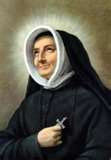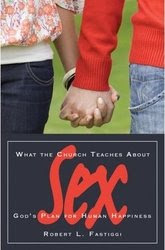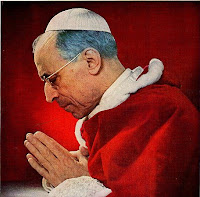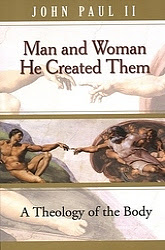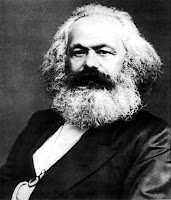Genesis - "In the beginning" Part II
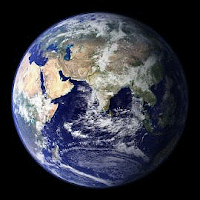
In our last post on Genesis we talked about how the sin of Adam had thrown everything out of balance. The world was no longer a temple as it was before. Man had literally fallen out of God's grace. He was now estranged from God though not entirely. God promises to send a redeemer to save man and defeat evil once and for all. (More on this in a later post.) Last but not least, man's relationship with man and with woman was forever transformed. Brother would fight against and kill brother. Marriage would no longer be predicated on love. Instead, the battle of the sexes had begun. This was not part of God's original plan but a consequence of original sin. "In the beginning," Adam was charged with protecting the Garden and everything in it - including Eve. Man was supposed to tend the Garden, reap its fruits and defend it against the very evil he would succumb to. Adam was standing next to Eve as the snake tempted her. The idea that a "mere garden snake" t

